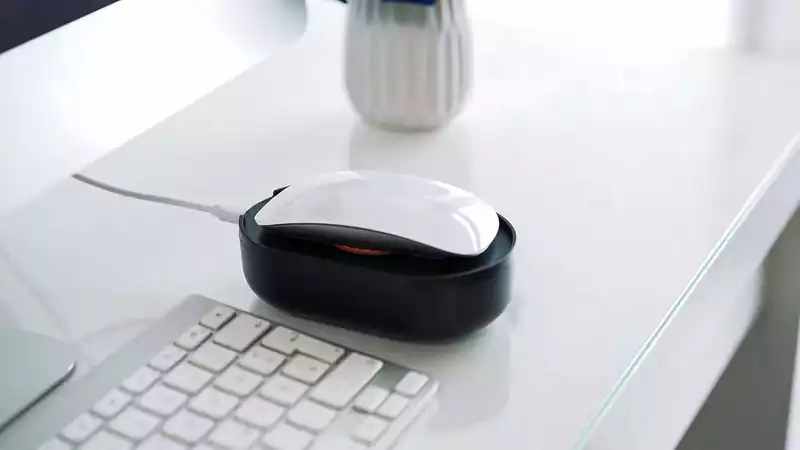As companies shifted to remote work, some supervisors (not ours) kept track of employee productivity by monitoring whether employees were idle at their computers. If they needed to get up from their desks to take a break, go to the bathroom, or have lunch, the mouse would no longer be active and the status of the chat application, for example, would change from active to idle.
To counter this intrusiveness, there is a growing trend among remote workers to adopt mouse movers.
But it's not just to fool the boss. Mouse movers are also useful when uploading or downloading large files to avoid the possibility of the computer timing out and interrupting the process. Whatever the reason, getting a mouse mover (aka mouse jiggler) will keep your cursor moving and your PC from going to sleep even when you are not there.
In general, mouse movers fall into two categories: software and hardware. Below we describe how mouse movers work and the models that allow you to try them out.
A mouse mover application is a program that you install that instructs your computer to move the cursor after a certain period of inactivity. Many such programs (especially for PCs) are free, and some of the better ones allow you to customize how and where the cursor moves around the screen. Some can also automate mouse clicks and keyboard commands for more complex actions.
The biggest drawback of mouse mover software is that if someone can monitor what you have installed on your computer or see what applications you have running, it could be detected. Also, if your IT department restricts you from adding software to your PC, installing Mouse Mover software on your PC could be pointless.
Mouse Jiggler is a simple Windows app that moves the cursor when launched; it has two options: one allows the user to see the cursor movement and the other hides the cursor movement.
If you are looking for software that does more, check out Mouse Move. This application can be set up to perform simple mouse movements, or it can be customized to perform them on a schedule, hide icons, etc.
Another, simpler option is to purchase a Mouse Mover, or Mouse Jiggler. These are physically placed under the mouse and use a rotating disk to give the illusion of moving the mouse's optical sensor. The advantage of these is that they are very easy to set up, do not require anything to be installed on the computer, and are undetectable. However, they are not as customizable as software.
One popular choice on Amazon, which we have not tested, is the Tech8 USA Mouse Mover ($28). It comes in a white or black case and has a rotating wheel in a different color.
Another option is the patriotically named Liberty Mouse Mover ($29 on Amazon). It comes in only two colors, blue and red, and uses a spinning wheel to make it look like the mouse is moving.
If placing the mouse on the device every time you get up is too much of a hassle, there are USB dongles that can be connected to a computer that perform the same function as the software and move the cursor electronically at the push of a button. However, as with mouse mover software, problems can arise if the computer at work does not allow drivers to be installed or USB devices to be plugged in.
One such device is the Vaydeer Mouse Jiggler ($21 on Amazon), which comes with both a USB-A plug and a USB-C plug, so it works with almost any computer. The company claims it works with Mac, Windows, and Linux, and can be started and stopped with a single button.
We are also intrigued by the Honkid Mouse Jiggler ($22). Can be purchased with either USB-A or USB-C ports; works on both Mac and Windows machines; can switch between three different cursor movements.
.









Comments